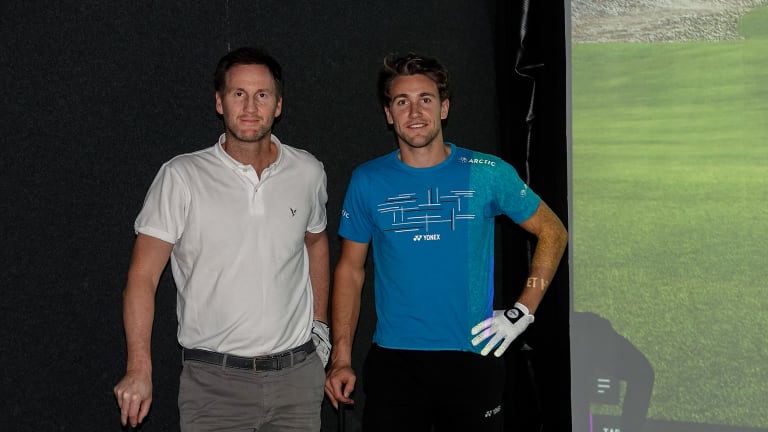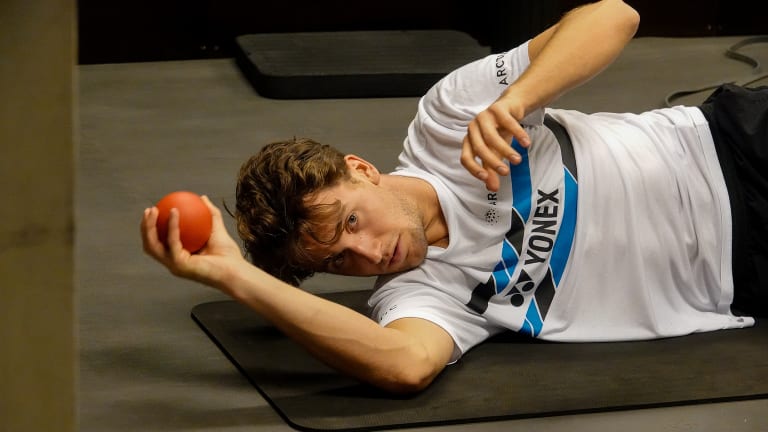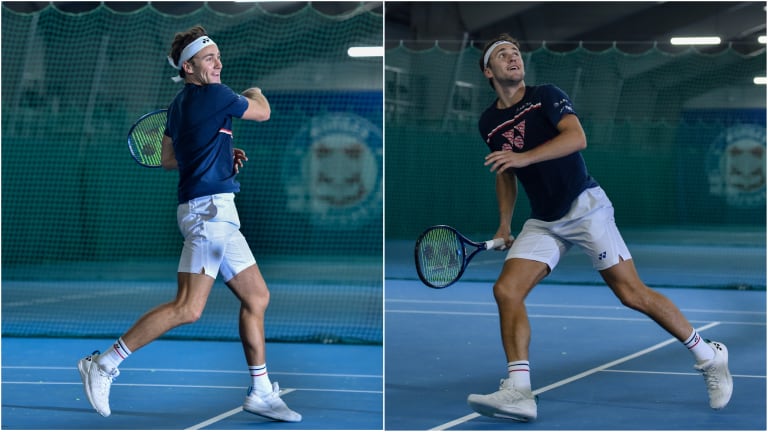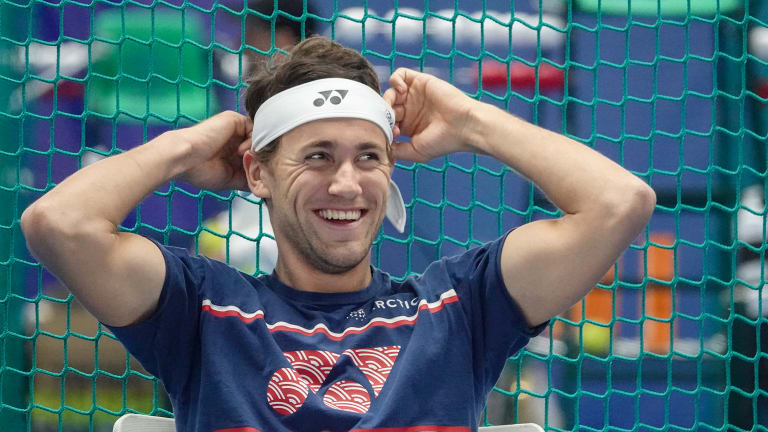Tennis.com Interview
Casper the Friendly Host: Behind the scenes with the Ruud family in Oslo
By Jun 04, 2022Tennis.com Interview
Jan-Lennard Struff sees Munich title defense bid as 'perfect opportunity' to turn 2025 around
By Apr 14, 2025Tennis.com Interview
Lorenzo Musetti manifested his 'special' week in Monte Carlo with first Masters 1000 final
By Apr 12, 2025Tennis.com Interview
No logic, just a feeling: Andrey Rublev "always knew" he wanted to work with Marat Safin
By Apr 07, 2025Tennis.com Interview
Brad Gilbert, Patrick McEnroe weigh in on U.S. men's tennis evolution
By Apr 05, 2025Tennis.com Interview
Patrick McEnroe decries Jannik Sinner suspension, tags Joao Fonseca as future star
By Apr 04, 2025Tennis.com Interview
On chicken farm, Danielle Collins embraces “crunchy granola lifestyle”
By Apr 03, 2025Tennis.com Interview
Feeling like a teenager, Alizé Cornet, 35, makes triumphant comeback from retirement
By Apr 02, 2025Tennis.com Interview
Danielle Collins launches iconic richsport merch collab
By Mar 07, 2025Tennis.com Interview
Zizou Bergs: From TikTok to Top 50 in Indian Wells?
By Mar 06, 2025Tennis.com Interview
Casper the Friendly Host: Behind the scenes with the Ruud family in Oslo
Initially inspired by Rafael Nadal’s first major title run to become his nation's greatest tennis talent, Casper Ruud now meets the 13-time Roland Garros champion in his inaugural Grand Slam final Sunday afternoon.
Published Jun 04, 2022
Advertising
Advertising

Former player Christian Ruud and current No. 4 Casper Ruud, playing some golf when not training for tennis.
© Matt Fitzgerald
Advertising

Enhancing range of motion has been one contributing factor to Ruud's rise.
© Matt Fitzgerald
Advertising

A look at Ruud practicing at his Oslo base.
© Matt Fitzgerald
Advertising
Advertising

Positive energy is the norm on Team Ruud.
© Matt Fitzgerald